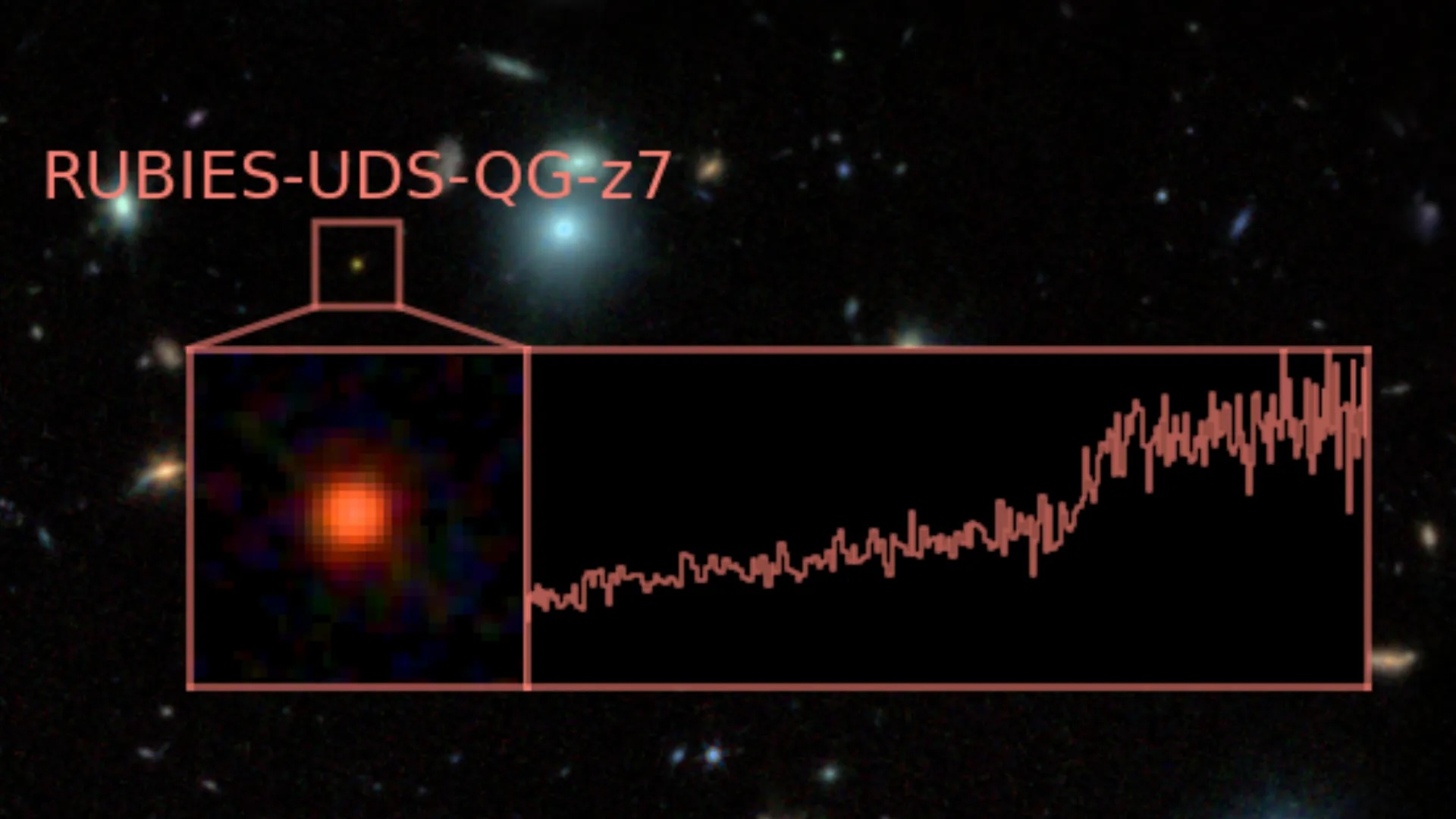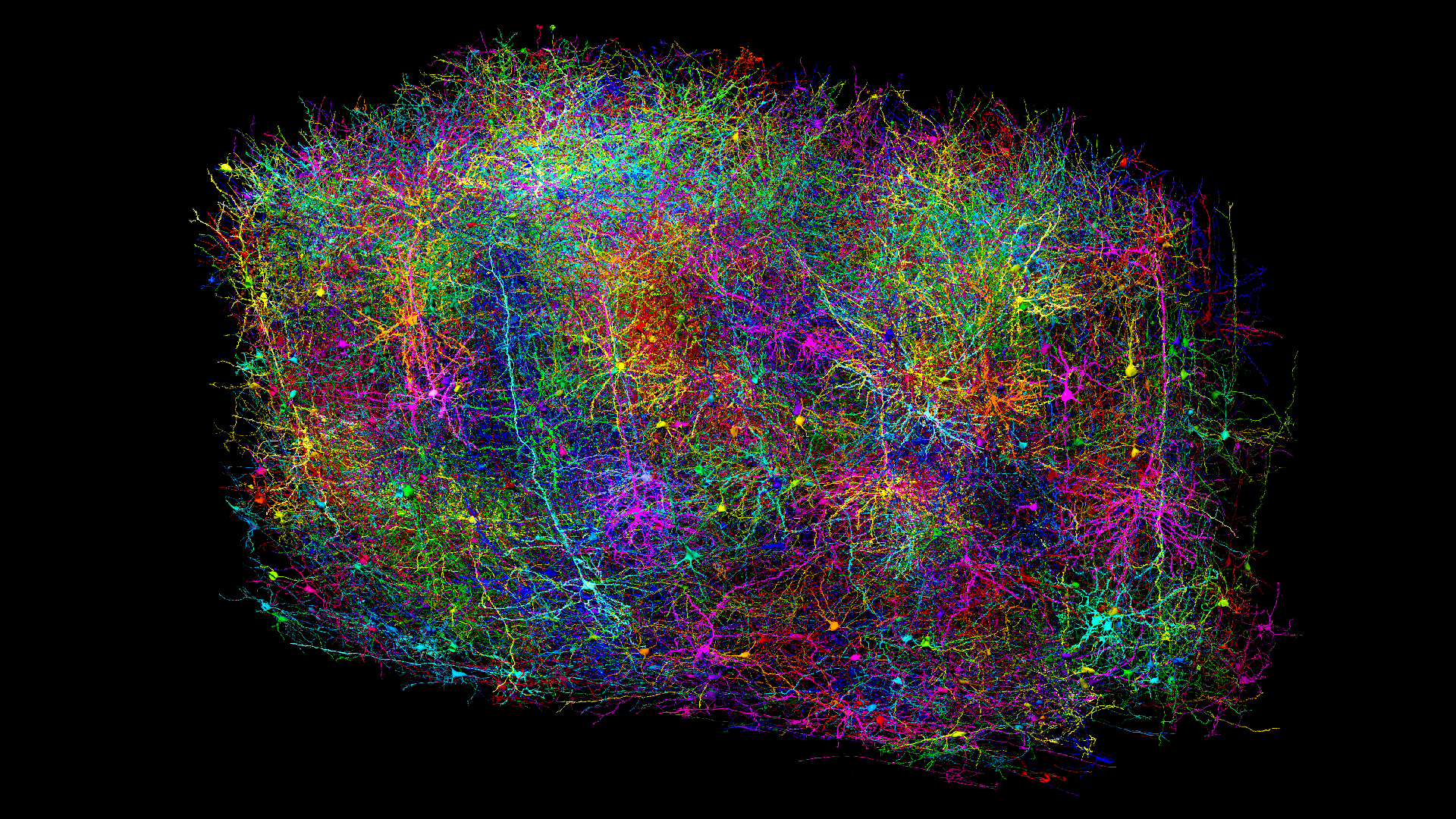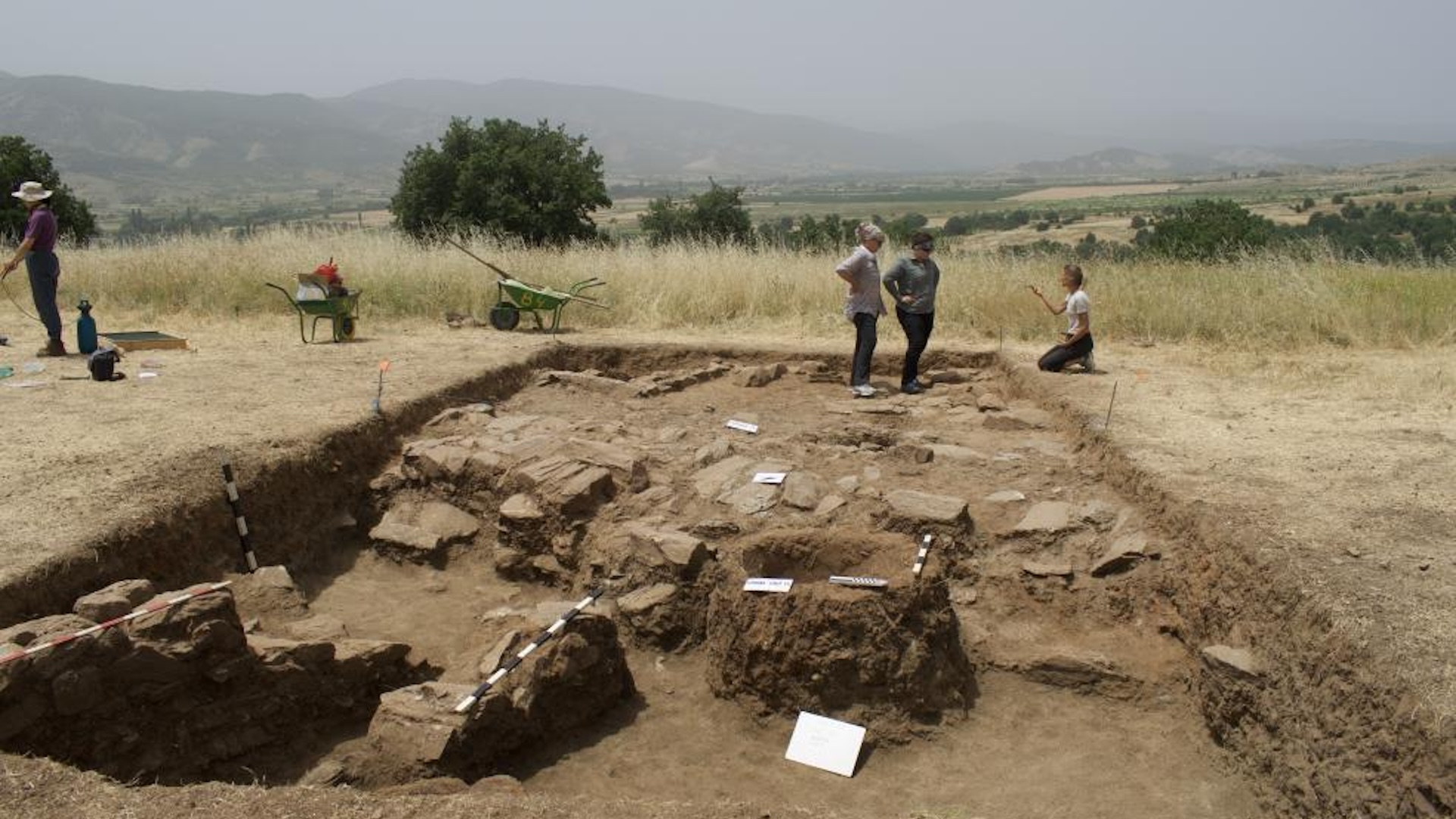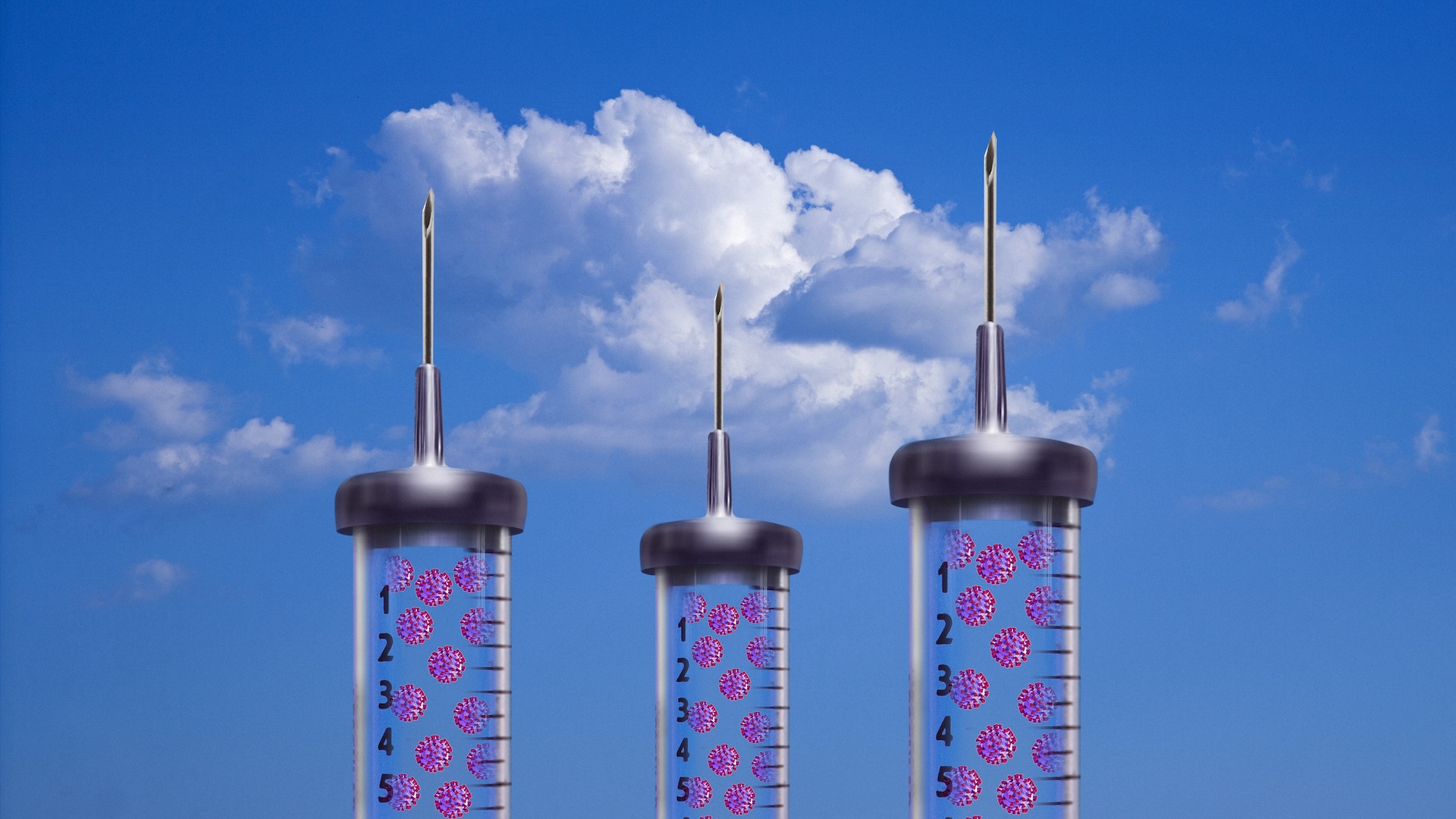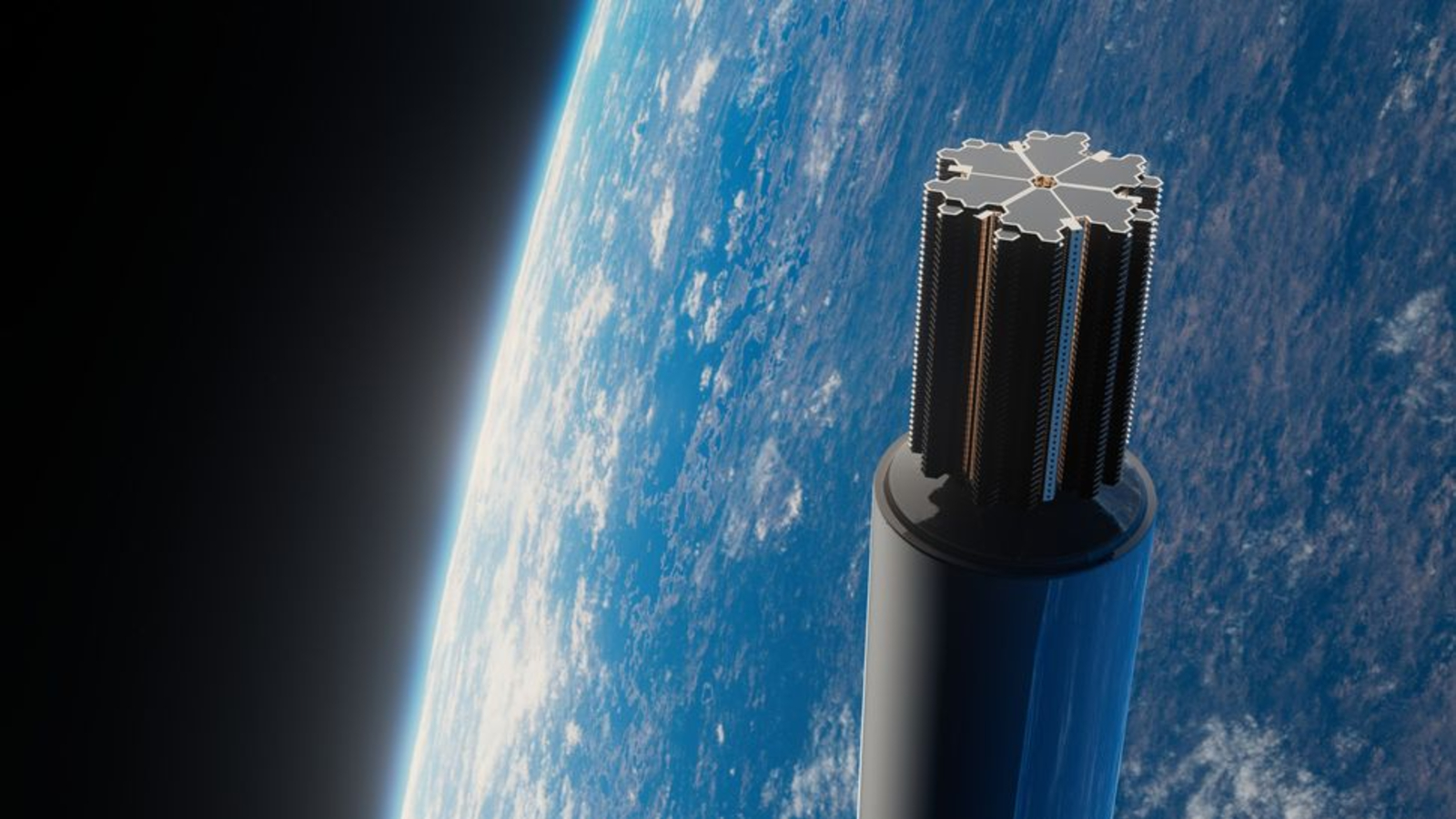April's full 'Pink Moon' rises this weekend — here's how to see it, and why it's so special
Also known as the 'Paschal Moon,' April's full 'Pink Moon' will rise alongside Spica, one of the brightest stars in the night sky, on April 12.
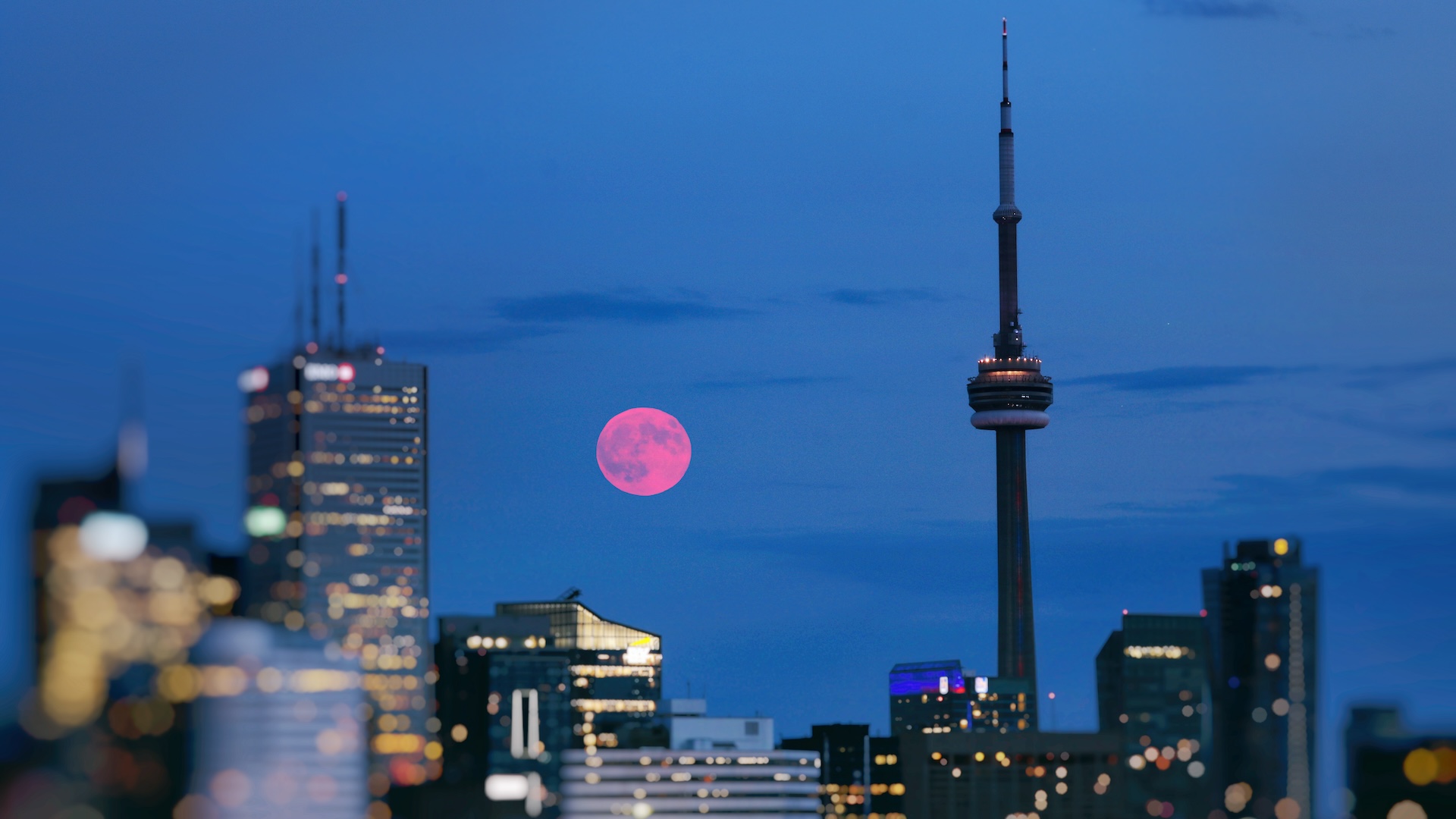
On Saturday, April 12, look east at dusk to see the next full moon rise into the sky: the "Pink Moon".
April's full moon — the first of spring in the Northern Hemisphere — occurs as Earth gets between the sun and moon. Our natural satellite will be 100% illuminated at 8:22 p.m. EDT on April 12, rising in the east during dusk, shining all night before setting in the west at dawn. If you miss that event, the moon will also appear bright and full on Friday and Sunday.
Although you may think it's fine to just look at any phase of the moon at any time of night, a full moon is too bright once it's high in the sky to observe comfortably. By far the best time to see it is as it rises or sets — the former being by far the more practical time unless you're an early bird.
When the moon is low on the horizon and viewed during dusk — just after the sun has set — it shines through the thickest part of Earth's atmosphere. As with a sunset, that gives the moon a muted orangey color (rather than the stark, bright white color when it's high up)because Earth's atmosphere scatters short-wavelength blue light while allowing longer-wavelength reddish light to shine through.
Related: Full moons of 2025: When is the next full moon?
The full moon can even look pinkish for a short time, depending on the atmosphere, but that's not why April's full moon is called the "Pink Moon." That name actually comes from the spring bloom of a wildflower called Phlox subulata (or "moss pink"), which is native to eastern North America, according to Almanac.
This full moon is also known as the Paschal Moon and is used to determine the date of Easter (Pascha in Latin) each year. In 2025, Easter falls on Sunday, April 20.
Sign up for the Live Science daily newsletter now
Get the world’s most fascinating discoveries delivered straight to your inbox.
The Pink 'micromoon' rises with Spica
Every full moon is different, but what makes this month's special is the presence of the bright star Spica nearby.
Exactly where it will appear in relation to the moon depends on where you stand on Earth. From North America, Spica — the brightest star in the constellation Virgo — will be to the left/upper-left of the moon. However, from almost all of South America, the moon will occult Spica, according to In The Sky. From Europe, Spica will appear on the lower left, but since the moon will already be in the sky at dusk, it will be best seen on Sunday, April 13. Always check a moonrise calculator for the exact times for your location.
The "Pink Moon" will be relatively small in the sky. Unlike a "supermoon," which occurs when the full phase coincides with when the satellite is closest to Earth on its slightly elliptical orbital path, the opposite will happen on April 12. As it rises, the Pink Moon will be just a couple of hours past its apogee — its farthest point from Earth.
The following full moon will be the "Flower Moon" on May 12, 2025.
Moon quiz: What do you know about our nearest celestial neighbor?

Jamie Carter is a freelance journalist and regular Live Science contributor based in Cardiff, U.K. He is the author of A Stargazing Program For Beginners and lectures on astronomy and the natural world. Jamie regularly writes for Space.com, TechRadar.com, Forbes Science, BBC Wildlife magazine and Scientific American, and many others. He edits WhenIsTheNextEclipse.com.
You must confirm your public display name before commenting
Please logout and then login again, you will then be prompted to enter your display name.

